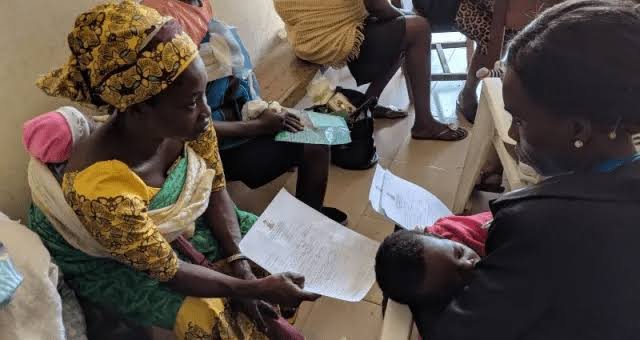The Infrastructure Concession Regulatory Commission (ICRC) said that Nigeria will spend N5.3 billion to build an Electronic Civil Registration and Vital Statistics System (eCRVS) to make it easier to register births and deaths.
In a statement on behalf of the ICRC, Mr. Ifeanyi Nwoko, the Acting Head of Media and Publicity of the Commission, said that the Federal Government had given the project its blessing.
Birth and death records in the country will be digitized and kept in an electronic format by the project. It will be paid for by Messrs. Barnksforte Technologies and the National Population Commission.
Read also: Digital health innovations can end malaria by 2030 – Experts
A digital registry of births and deaths
The goal of the eCRVS project is to digitally record and prove births and deaths in Nigeria. Certificates will be attested and checked online for end users.
Dr. Bertram Chukwubuike, the Director of Information Technology at the National Population Commission (NPC), talked about the importance of digital registration during a three-day training on birth and death registration in Bauchi in 2020. He said that digital registration would improve the accuracy of data collection and help the country grow in a sustainable way.
Given the results of the National Population Commission, “Vital Registration in Nigeria needs to be strengthened and coordinated at various levels of government.
Dr. Chukwubuike talked about how different levels of government in Nigeria need to work together to improve and coordinate important registrations.
He made it clear that governments all over the world, which want to run their countries well, depend on their citizens’ demographic databases, which have accurate information about births, deaths, and marriages.
Such information is important for providing services well and making plans for a healthy future.
Problems with the previous approach
Nigeria manually registers births and deaths. This manual procedure caused many complications, including:
Low coverage: Manual registration was prone to errors, omissions, and delays, resulting in incomplete or erroneous records. Low birth and death registration rates hindered policymaking and planning.
Poor data: Manual data gathering and storage made birth and death numbers hard to analyze. Government agencies and organizations that analyze critical information, plan health, and allocate resources struggle with this data gap.
Delays and inefficiency: Birth and death records were tediously processed manually. It required many human entries, paperwork, and physical storage, delaying certificate issuance and inconveniencing certificate applicants.
Digital birth and death’s solutions
The eCRVS system’s advantages over manual methods include:
Improved accuracy and data integrity: The digital system will cut down on human mistakes and make sure that birth and death records are correct and accurate. Automation of data entry and checking will reduce the number of mistakes made during registration, which will improve the quality of the data.
Increased coverage and access: The eCRVS project aims to increase the number of birth and death records by switching to an electronic platform. This will make sure that the database is more complete and accurate, which will make it easier to plan and make decisions in areas like health care, schooling, and social welfare.
Efficient record keeping: The electronic method will make it easier to sign up and keep records. It will let birth and death records be kept in one place and be easy to find. This will get rid of the need for real paperwork and make it easier to run the government. This will make it easier for people to get legal documents and allow certificates to be issued more quickly.
Analysis and reporting of data: The digital birth and death registry will make it easier to look at vital figures and report them. Accurate and up-to-date data will help lawmakers, researchers, and public health workers understand demographic trends, create targeted interventions, and put evidence-based policies into place.
The Electronic Civil Registration and Vital Statistics System (eCRVS) is a big step towards digitizing birth and death information in Nigeria.
By fixing the problems with the old manual method, the eCRVS project will improve accuracy, coverage, record management, and data analysis. This digitalization effort will result in records that are reliable and easy to access.










